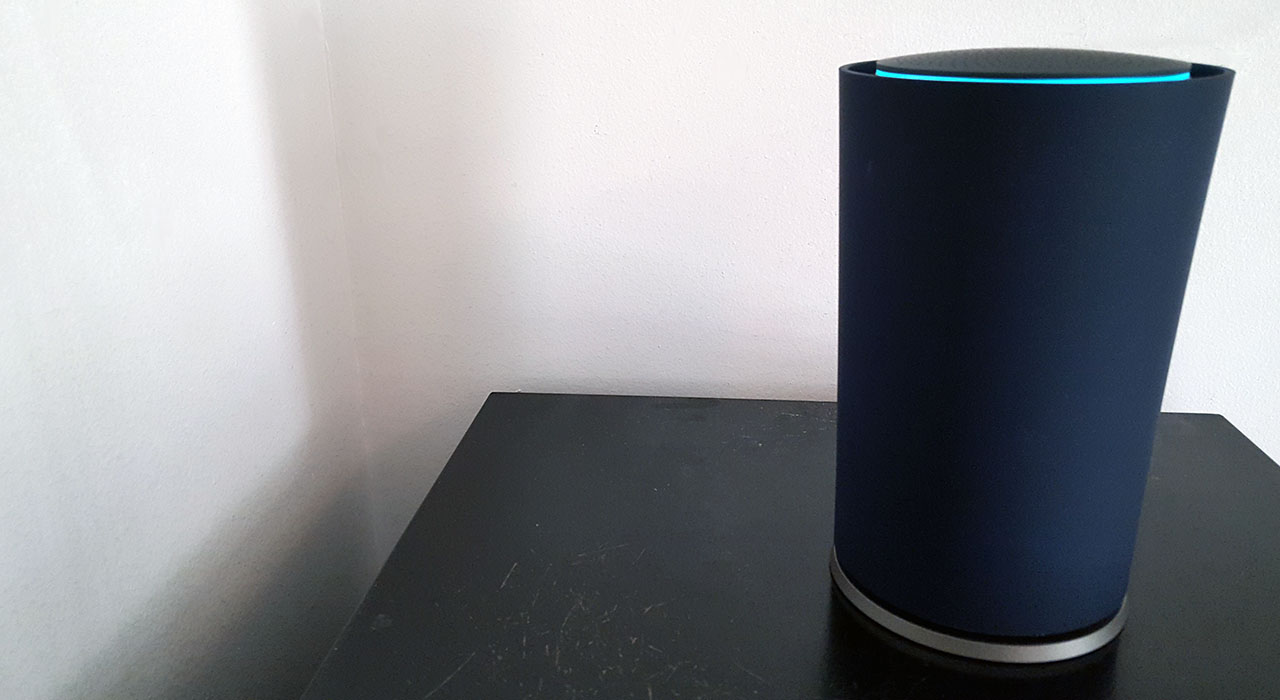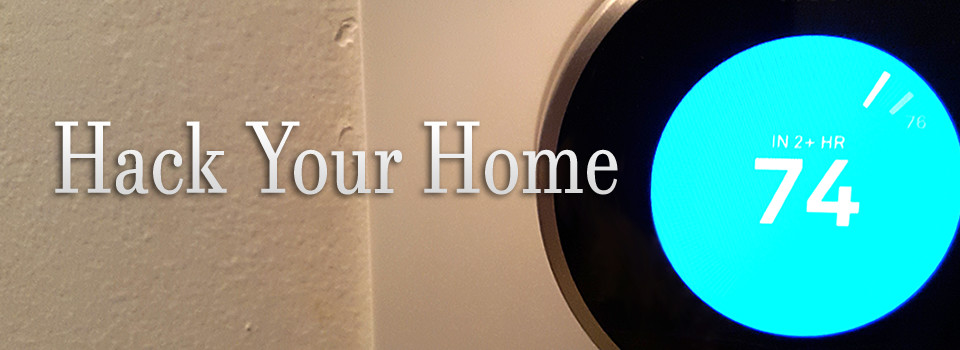Update:
Several publications have come out today, including one from the New York Times, about a software update being responsible for the battery drain. That’s one bad bug, and Nest is going to take a major credibility hit because of it.
We also had problems with our Nest Protects (smoke/carbon monoxide detection) a few weeks prior, with none of them being able to access the cloud. However, they work without wireless access, including the ability to connect and communicate with each other, so it was more of a nuisance than a problem. I do wonder, though, if the same bug didn’t get introduced into all Nest products.
In the meantime, adding a C wire didn’t work for us. It would have required too many holes being drilled, and damage to floor and wall. We’re going with the add-a-wire feature, instead.
Earlier:
Our home was built in 1986, which means it’s on the border between modern, new standards and the old way of doing things.
When we tried to add new GE smart light switches, we found that most of the switches don’t have a neutral wire needed to power the switches. The old, unintelligent switches didn’t need power—they’re just on or off. The new ones, need power to communicate with the controlling hub and other compatible devices.
The same applies to our thermostat: we don’t have a ‘C’ or common wire that runs from the heating/cooling system to the thermostat.
We have a second generation Nest thermostat, and not having a ‘C’ wire is supposed to not be an issue with this thermostat—at least with most HVAC systems. The device gets its power from the “red” wire (the power line) by “power stealing” a little bit of the power that comes through the line. The problem with this approach is if the system is very active, the device doesn’t have a chance to charge the battery as frequently and you can lose thermostat functionality, or even drain the battery.
The other issue is if the HVAC equipment isn’t running, at all, and the device needs power. What the Nest thermostat does is “pulse” the equipment to get a bit of juice, but supposedly very quickly, so that the equipment doesn’t come on. If this doesn’t sound like something you would want to do, you’ll get agreement from many HVAC manufacturers.
Then there’s the situation that happened last night. It was very cold, so the system was running intermittently through the night. In addition, I suspect from chatter in the Nest forum, the thermostat received a software update in the night. I also suspect that the software update drained what little power the battery had, to the point where I was faced with a completely black device this morning. I couldn’t even run it manually.
When the temperatures are below freezing, you don’t want a thermostat that doesn’t work. At this point, you’d settle for a dumb thermostat, as long as it turns on the heat.
I knew I could power the device using a micro-USB cord, connected to my computer. I connected it for about a half hour, charging the battery enough that I could connect it to the wall plate and turn on the heat. Of course, while the heat is running, the device isn’t charging, but it should have enough juice to take the chill edge off the house.
If we weren’t at home, I’m not sure if the device would have even been able to start charging without my assistance. Normally, the Nest thermostat shows a blinking red light when the battery is very low and charging, but it wasn’t showing this light this morning. It was completely drained. We could have come home to frozen pipes and damaged walls.
Assurances from Nest aside, it’s time to update our wiring. We have a couple of options. One is we could attach a Venstar Add-a-Wire Adapter, which turns a 4-wire setup into the 5-wire setup needed for smart thermostats. Or we can run a ‘C’ wire from the HVAC to the thermostat. Though the latter approach is more expensive, we decided if we were going to fix the problem, we’d do so without a hack and we’d fix it once and for all.
Tomorrow morning our HVAC company is coming out to run the new ‘C’ wire to the thermostat, and hopefully we’ll never again wake up to a freezing cold house. If we do, than the Nest thermostat is being replaced by an Ecobee.





